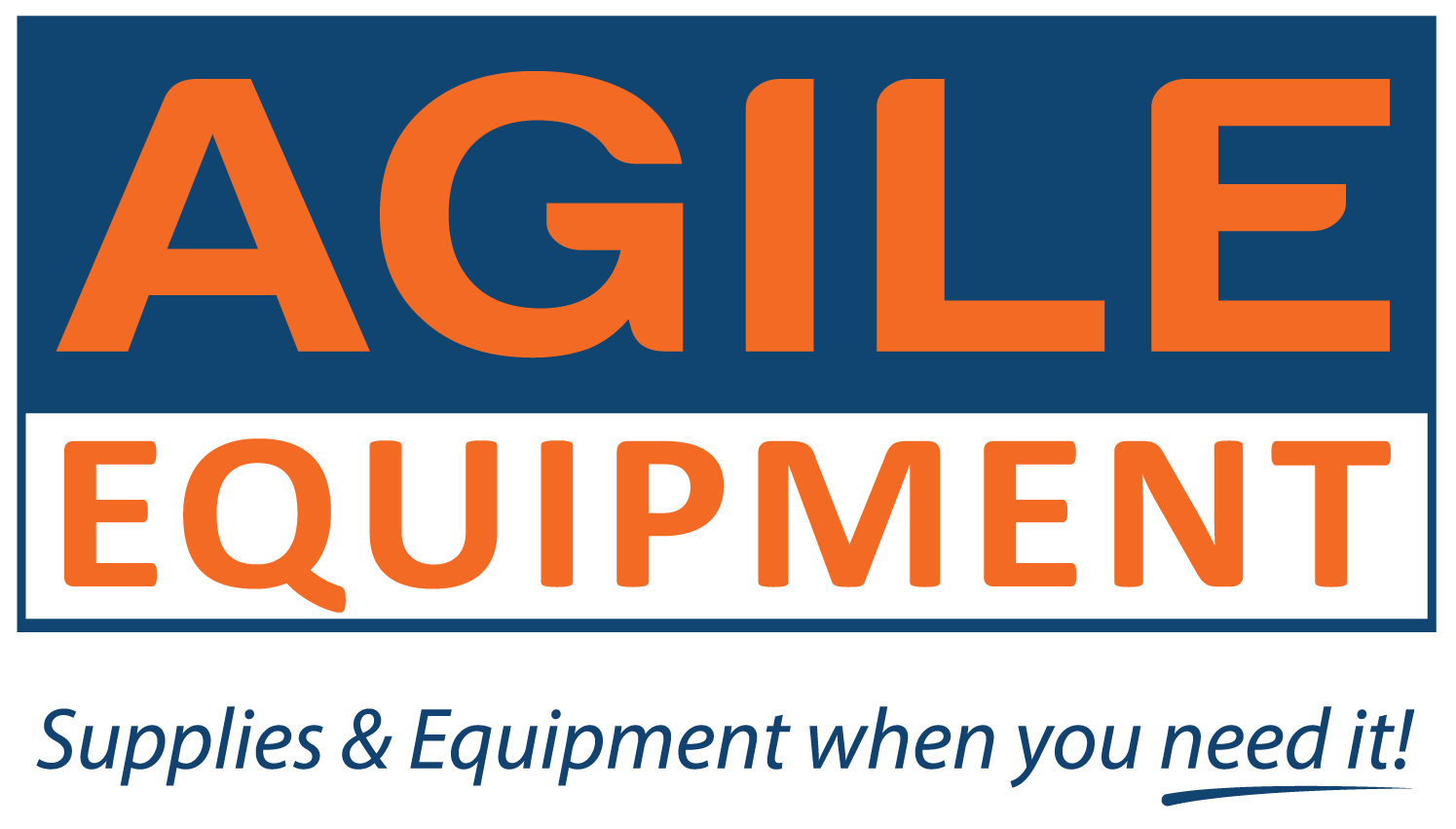Finding the right gloves for the job can be tough. There are hundreds of disposable glove types and brands, how is anyone supposed to know what’s right? In this article, we’ll break down why you should wear cleaning gloves, the types to use for most household and business uses (including the ones we use everyday), along with the correct way to put them on so you don’t contaminate yourself in the process.
Even if cleaning gloves are not made of rubber, we still often call them rubber gloves because of their somewhat stretchy material. However, they come in a variety of materials such as nitrile gloves, PVC and latex, the latter often being highly chemical resistant and coming all gloves in a variety of colours and sizes.
Since we are talking about cleaning, many people out there are cleaning freaks. Whilst it’s generally it’s a good habit, overexposure to cleaning chemicals has a few safety risks if you are not taking proper safety measures. The first precautionary measure starts with your hands, as your hands are the most likely to come into contact with the chemicals, as well as being extra sensitive.
On the note of chemicals, bleach, detergents, soaps and other cleaning agents are great at fighting germs and bacteria but may adversely affect on your hands, with may expressly warning against skin contact.
Why should we use Gloves?
Many people don’t prefer to wear domestic gloves while cleaning the house. It is fine if you are doing vacuuming or sweeping but when it comes to cleaning with harmful chemicals then there is a high risk of you damaging skin, irritation or even getting allergic reactions or worse. That is why wearing gloves with the right resistances and high durability important while spraying or cleaning with chemical agents.
The skin of our hands is very sensitive and soft, so preventing it from any damage is a priority. Chemical agents such as bleach can be highly corrosive chemicals that even can dig a hole in stainless steel so just imagine what it could do to your mere hands. Moreover, substantial cleaning can cause bumps on your hand and leads to rough skin, which is not only not aesthetic, but can cause problems in daily life. However, you can safeguard your hands from all these harmful effects by wearing gloves while cleaning.
Not only from chemical agents, but you can also keep your hands grippy when wet. Many gloves have high tactility textures or micro-bumps that helps in stopping you from dropping what you are carrying. Hot water often tends to kill more bacteria as compared to the cold water, and is better for cleaning, so wearing gloves during this time is helpful to prevent your hands from getting burnt.
So what kind of cleaning gloves are best to use?
There are a bunch of different kinds of cleaning gloves in the market. However, very few of them are made up of resistant material and are eco-friendly. So, how do we know which one to choose? For most applications, there are two main options nitrile gloves and latex gloves. There are few household applications than need something stronger, and often those sorts of jobs are best left to professionals.
Nitrile Gloves
Nitrile gloves are the perfect example of domestic gloves when it comes to chemical resistance with the added benefit of being recyclable (though they should go into a special box). It is made up of highly allergy safe compound and is the industry standard for most jobs. Nitrile gloves can be designed in a way that has micro-textured fingers came handy for excellent gripping and dealing with wet objects. The beaded cuff also provides strength and prevent liquid from rolling off onto your forearm.
Latex High-Risk Gloves
The other main option is latex, especially high risk, extra chemically resistant gloves. These are the gloves we go for when we need to use stronger chemicals, like hydrogen peroxide, or for jobs that require heavy-duty machine usages, since their strength and durability helps them last longer. There are a few different suppliers, but these are the ones we use. They’re comfortable, and made with more natural materials. Some find that they have an allergy to latex, with an alternative being PVC gloves, but with less than 1% of adults being allergic to latex, they’re a pretty safe bet. Latex is easier for the council to recycle than some alternatives so that’s a big plus. Latex gloves have a nice long shelf life, around 5 years, so you don’t need to worry about them losing their efficacy anytime soon.
Putting on Gloves
Gloves are important to wear while cleaning, but it is also crucial to know the correct way of wearing and using gloves. Following are the rules that you should follow when using gloves:
- Before wearing the gloves, make sure to hygiene your hands first.
- Do not rub your hands while wearing gloves. If you feel itching somewhere on your hands while wearing gloves, remove the gloves and wash your hands with soap.
- Do not contact or handshake with someone while having gloves on. First, remove your gloves, wash hands with soap and then shake.
- Perform hand rubbing after taking off the gloves.
Here’s a diagram straight from the World Health Organization on how to put on and take off gloves. Click here to see the full document from their website

References
- Bastion Pacific | Nitrile Ultra Soft Black – Powder Free Gloves. (n.d). Bastion. Retrieved from, https://bastionpacific.com.au/shop/item/nitrile-ultra-soft-black-powder-free-gloves-micro-textured
- Best Household Cleaning Gloves: Our Top 5. (2017). Safety Gloves.Co.UK. Retrieved from, https://www.safetygloves.co.uk/blog/best-household-cleaning-gloves-our-top-5.html
- Glove Use Information Leaflet. (2009). World Health Organization. Retrieved from, https://cdn.who.int/media/docs/default-source/integrated-health-services-(ihs)/infection-prevention-and-control/hand-hygiene/tools/glove-use-information-leaflet.pdf?sfvrsn=13670aa_10
- Latex High-Risk Blue Gloves | Powder Free | Buy Bulk. (n.d). Bastion. Retrieved from, https://bastionpacific.com.au/shop/item/latex-gloves-powder-free-high-risk
- Latex High-Risk Glove. (n.d). Top Glove. Retrieved from, https://www.topglove.com/high-risk-latex-glove/?__cf_chl_jschl_tk__=5bd024b84333185596676671952bccb1c695277c-1592636418-0-AcCvkeUkEiG7VZ2tMIp_V80OzyQnpFTsuXvXIAijvNFbnZKyAeSLjqG4–S6qMOuT8ea6ugWhvt9OSy9sFs2w-s-fOwI6tDfTcpLPQWZguGDV6OnvD9MtNc48-675NLuDkTczErJ_dF8Ox5J6VkpxBKPBE1na5ORBiNjFLGV3VI9duLPAotjttbbwAKLcizWynteROUAF-2nOEJ6geCpGRD-KPEcyVjo2mNAhzHHIhqQAutK4BuuSNavdRbHNsaptEKreOqeIvs0BjXPncPSTLFpEJE_uw2RYh7t8-bws7TuTuswZND0-U2BrxAVhzShuw
- Nitrile Gloves. (n.d). The Safety Zone. Retrieved from, http://safety-zone.com/products/nitrile-gloves/
- What are Household Cleaning Gloves?. (2015). Safety Gloves.Co.UK. Retrieved from, https://www.safetygloves.co.uk/blog/what-are-household-cleaning-gloves.html

